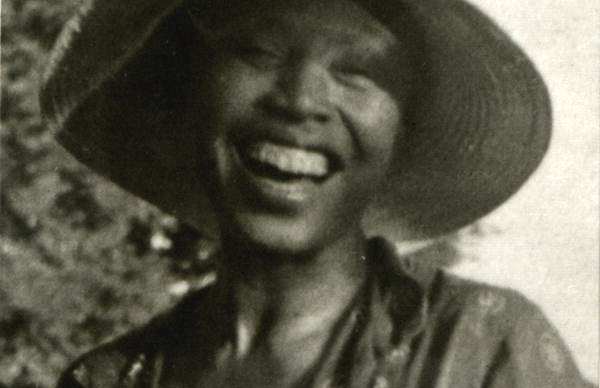Zora Neale Hurston
b. 1891- d. 1960
Zora Neale Hurston (1891? – 1960) was a writer, poet, dramatist, and anthropologist. She wrote one her most well-known books, Their Eyes Were Watching God (1937) based in Eatonville, a town about four hours north of Miami, where she spent her early years. She claims to have been born in Eatonville, Florida in 1901, but most sources show that she was actually born in Notasulga, Alabama, in 1891. Hurston studied Anthropology at Columbia University with Franz Boas, and though she was prevented from finishing her formal education she conducted extensive amounts of field research. Much of this research is now housed by the Library of Congress. Today, she is widely recognized as one of the foremost literary figures of the Harlem Renaissance for her literary work including novels and plays.
Her time in Miami and South Florida was marked by her work with the Works Progress Administration (WPA) and as a stop-over place for her frequent trips to the Caribbean and Latin America. In 1935 and 1939, Hurston was one of the writers hired by the WPA under the Federal Writer’s Project (FWP) to contribute to Florida: A Guide to the Southernmost State. For this project she spent time in many cities and towns throughout the state recording folk tales, songs, games, and the general descriptions of places and people. During the 1950s, Hurston spent time in Miami and Miami Beach as she continued her writing, traveled to the Caribbean for research, and became involved in local politics. She lived in various locations including on a boat near the MacArthur Causeway and on the Venetian Islands.
1950s
Zora Neale Hurston lived on Rivo Alto Island
In 1950, Zora Neale Hurson lived in a house on Rivo Alto Island.
Zora Neale Hurston lived on The Challenger
Zora Neale Hurston spent time in both Miami and Miami Beach, writing, researching, and voicing political concerns. In 1950 she lived on a boat named Challenger, and wrote a letter to Scribner’s editor Burroughs Mitchell. In the letter she updates Mitchell on the progress of her book, The Lives of Barney Turk, and describes the vivid scenes surrounding her life on the boat.
Reading these excerpts from Hurston’s letter to Scribner’s editor Burroughs Mitchell in 1950 we can get a sense of her time on the boat and her work as a writer.
" . . . it was impossible for me to write for the first two weeks. Then on later inspection, I had to tear up most of what I had written in that period . . . Now, I am feeling fine and in a working mood. Naturally, all is fish that comes into a writer’s net. I am meeting a great number of characters down here on the waterfront, and the cross section of life that I am getting! It is really something. The rich and the poor and their ways and concepts . . . The Challenger is berthed along the MacArthur Causeway, near the 13th St. Bridge and dead across from Miami’s well advertised skyline. The traffic pouring to and from Miami Beach makes a steady drone from dawn till nearly dawn again. There is a little park that I can reach in a few steps ashore, and I stroll across and pick a coconut or two that falls during high winds, or pay a visit to the sapodilla tree and pick what I find ripe . . . . And God keeps His appointment with Miami every sundown. Berthed on the east of Biscayne Bay, I can look to the western side, which I never fail to come top-side and do around sunset. Thus I get the benefit of His slashing paint brush all the way. It is just too marvelous, Burroughs . . . From your letter, I decided to rewrite the beginning of the book . . . The next fifty pages following what I am sending will deal with how Barney got to Honduras. The last part will of course detail what happened to him there . . . My love to your wife, Mr. Scribner, Mr. Darrow, and all . . .
With faithful feelings,
Zora (written on Saturday)"
(letter excerpt printed in Zora Neale Hurston: A Life in Letters, ed. Carla Kaplan)






